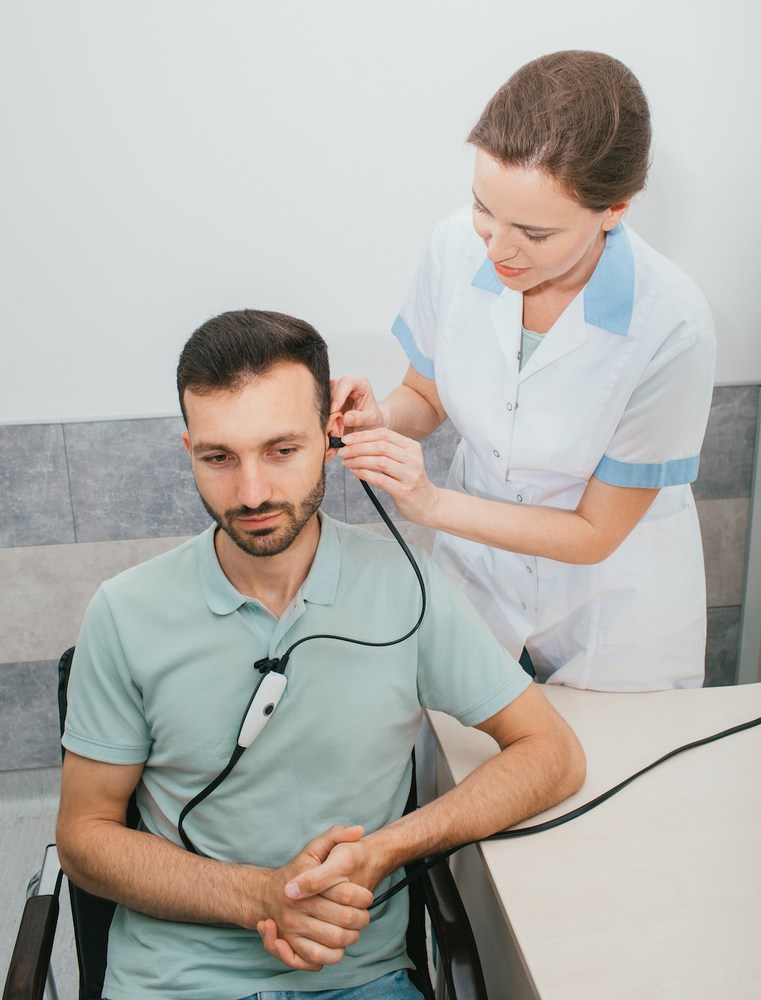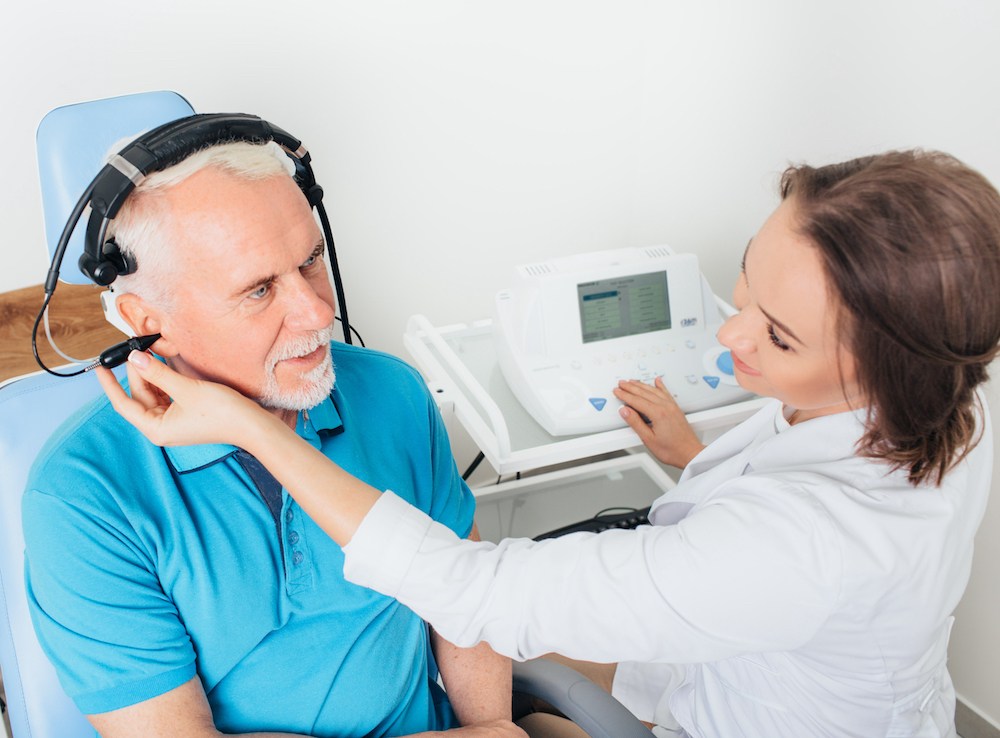Occupational Hazards: Professions at Risk for Hearing Loss
Hearing is an essential part of our daily lives, yet we often take it for

By: admin | December 22, 2020
If you have noticed your child asking for the TV to be turned up quite often, or asking you to repeat yourself often, it might be worth getting a test done to evaluate their hearing. This will help to confirm if they have hearing loss, and to what degree. It is essential to know that these tests are completely safe and painless. They are most often performed in a soundproof booth and with the use of specially designed headphones. The results of these tests are put on an easy to understand audiogram. This is a visual representation of the degree of hearing loss. Normal hearing happens when a soundwave travels into your ear, it causes your eardrum to vibrate. These vibrations move the waves further into the ear, where it triggers nerve cells and hair cells send the information to your brain. Your brain translates this sounds into what we hear.
Sensorineural is also known as nerve deafness. This is also known as nervousness. This type of hearing loss is caused by a problem with the ear’s structure and or some of the nerves that control hearing. They can be present at birth or may show up in later life. Sensorineural hearing loss is usually permanent. This type of hearing loss ranges from mild to profound. Conductive hearing loss is caused by blockage of sound transmission into the air. This is most common in infants and young children and is most often caused by fluid in the air or infections. Conductive hearing loss is typically mild, temporary and can be treated. Mixed is a combination of both conductive and sensorineural hearing loss.
There are several tests that can be given depending on the age and the symptoms in your child. Infants and young children, the test typically involves using sensors, which look like small stickers or they may use probes. They do not require a verbal response. Newborn children can be given this sound test. The sound test will check for the response to tones that were delivered in different pitches.
This type of hearing test to check for sensorineural hearing loss. It measures have a brain responds to sounds. This is most often used to test infants, including newborns. During the test, an audiologist or another provider will place electrodes on the scalp and behind each ear. Then, earphones will be placed inside the ears, and a range of clicks and tones will be sent to the earphones. The electrodes will then measure the brain’s response to the sound and display the computer results.
This test is used for infants and young children. An audiologist will place a small probe that looks like on your phone inside the ear canal; sounds will then be sent to the probe. The probes will measure the inner ear responses to sound, the test can find hearing loss but cannot tell the difference between conductive hearing loss.
This test checks how well the eardrums move, an audiologist will place a small device inside a canal – this device will push air into the air, making the air drum move back and forth. A machine will then record the movements on a graph called a tympanogram. This test will be able to find if there is an air infection or any other problems such as fluid or a wax buildup and even a hole or a tear in the eardrum. This test will require your child to sit very still, so it is not often used on infants or young children.
And acoustic reflection measure test tests how well they respond to loud sounds. In normal hearing, a tiny muscle inside they will tighten when you hear a loud noise, this is called an acoustic reflex and it happens without us knowing. During the test, an audiologist will place a soft rubber tip inside the ear and a series of loud sounds will be sent through the tip and recorded onto a machine. The machine will show when or if the sound has triggered that reflex. When hearing loss is bad, the sound may have to be very loud to trigger that reflex or it might not trigger it at all. A pure-tone test will require your child to wear some headphones. A series of tones will then be sent into the headphones; an audiologist will change each of the tones and pitches and loudness is different points doing a test. At some point, the tones may be barely audible. You or your child will be required to respond whenever they hear the tone they will press a button or raise a hand. This test will help find the quietest to sound your child can hear different pitches. There are other possible testing options, your audiologist will be able to choose the right one for you. To discuss yours or your child’s hearing, call Hearing Aid Consultants of North Mississippi today at (662) 234-1337

Hearing is an essential part of our daily lives, yet we often take it for
By: admin | January 31, 2024

If you have experienced a difficulty understanding speech, or following
By: admin | December 28, 2023

Forty-eight million Americans are living with hearing loss, which is
By: admin | November 25, 2023
